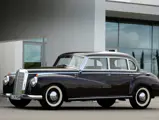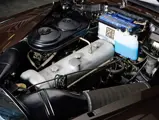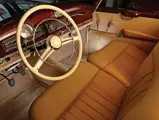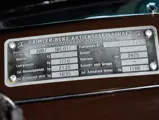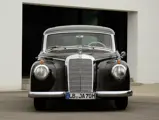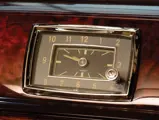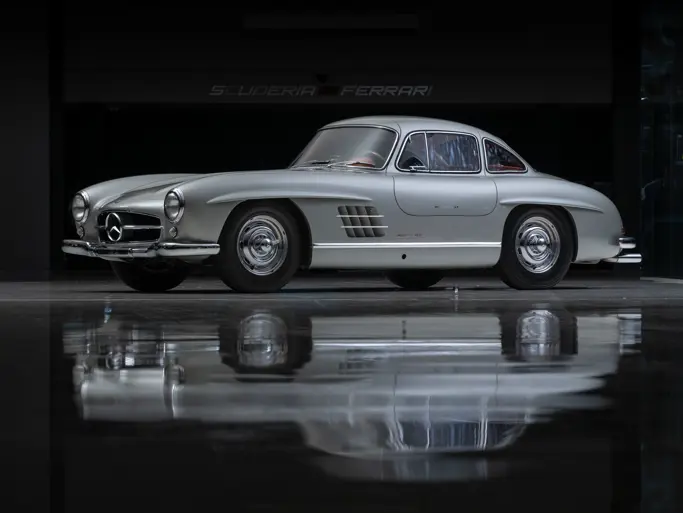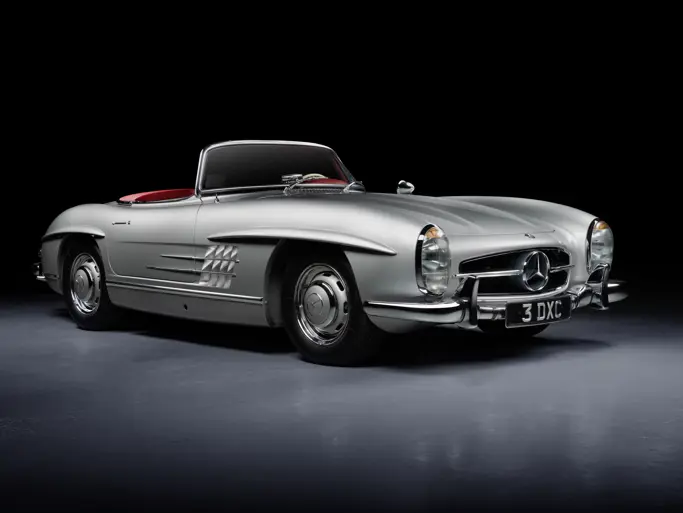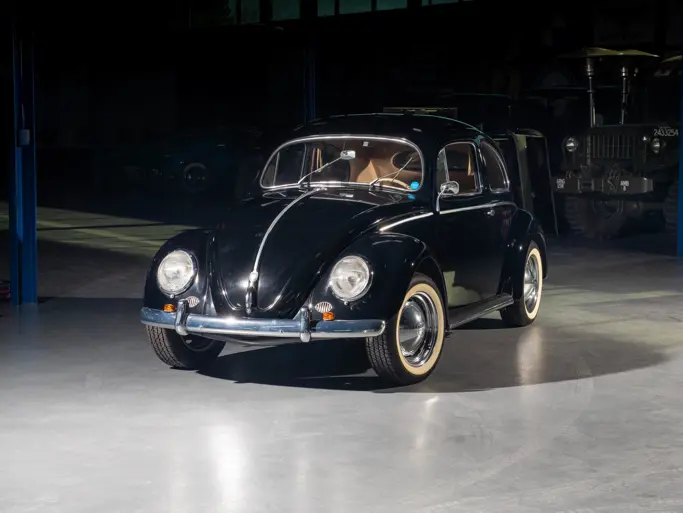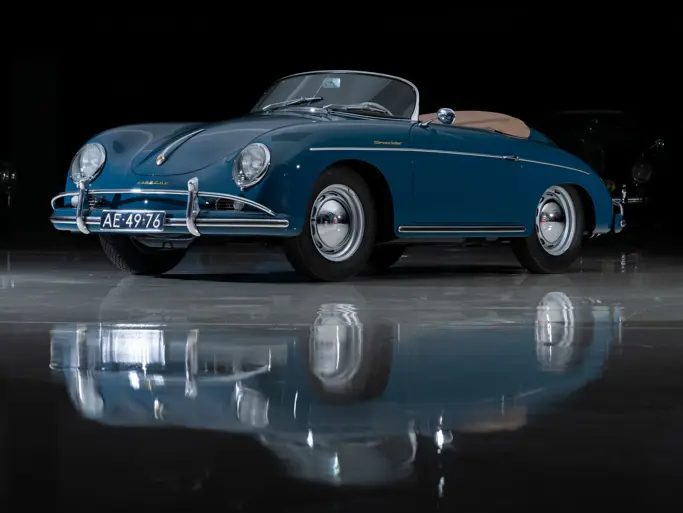London 2011
1952 Mercedes-Benz 300 W186 Sliding-Roof Limousine
{{lr.item.text}}
£61,600 GBP | Sold
 | London, United Kingdom
| London, United Kingdom
{{internetCurrentBid}}
{{internetTimeLeft}}

115 hp, 2,996 cc in-line OHC six-cylinder engine, four-speed all-synchromesh transmission, independent front suspension with coil springs and anti-roll bar, swing-axle rear suspension with coil springs and servo-operated auxiliary torsion bars, hydraulic telescopic shock absorbers, hydraulic drum brakes on all four wheels. Wheelbase: 3,050 mm
• Subject to a seven-year, cost-no-object total restoration completed in 2010
• Equipped with the rare sliding sunroof option
• All restoration invoices, photos and German TÜV report available for inspection upon request
Oftentimes referred to as the “Adenauer Mercedes” after its most prominent customer, the German chancellor Konrad Adenauer, the “Three Hundred” was not only a significant technical achievement but also an important milestone in the rebuilding of the Daimler-Benz company. It is said that chief engineer Fritz Nallinger concentrated on the 300’s development to the exclusion of everything else. The car was very important for the company’s morale, and no doubt Nallinger’s own, during a difficult period following WWII.
First introduced at the Frankfurt Auto Show in September 1951, the stately Type 300 was the first Mercedes-Benz model aimed squarely at the export market. Daimler-Benz had its sights set firmly on the North American market, which was not only larger but also in a much healthier state than most of Europe. It was not surprising that the 300 showed American influence in a number of areas. Yet it remained a Mercedes-Benz, which called for a good measure of traditionalism despite the abundance of chrome that grew greater with succeeding versions. It was intended as a large, formal, luxury saloon for rich businessmen and heads of state. It was so successful, in fact, that it remained in the Mercedes-Benz line-up for 11 years under three subsequent generations. Pilot builds began in April 1951 with actual customer car production beginning in November. The 300 saloon remained in production until March 1954, when it was supplanted by the 300b variant.
The body of the 300 was mounted on a crucible oval-tube chassis. Much like its predecessors, it had a twin-pivoting swing-axle with double coil springs at the rear but also additional torsion bars for each wheel, which could be actuated by a dash-mounted servo if heavy loads were being carried. This stiffened the rear suspension by some 33% when activated. The 300’s 2,996-cc six-cylinder engine featured a chain-driven overhead camshaft along with cast iron block and light-alloy cylinder head. Of particular interest was the use of a sloping head arrangement with the joint face between the block and cylinder head angled 30 degrees. This permitted larger diameter valves, which contributed to better breathing in an engine designed for high-speed use. An automatic choke was fitted to the twin Solex dual downdraft carburettors, an advanced feature for European cars. This is yet another reminder of the American influence on the design and intended market of the 300.
Perhaps most significant of the 300 is the understated elegance of its interior fittings. The dashboard is lavish in beautiful wood while accented with a chrome strip running across the lower edge of the fascia. First-class build quality was assured, and the two-spoke M-B steering wheel with chrome horn ring was a constant reminder of the car you were driving. Deep comfortable seats upholstered in leather greet the driver and its occupants, as did fully reclining front seats and grab bars above the doors. This particular 300 is fitted with the very rare optional sliding sunroof. It is one of 2,659 300 Saloons produced for 1952.
This lovely example is finished in brown with a contrasting beige leather interior. It was purchased by the current owner in Arizona in 1990 and subject to an exhaustive seven-year total restoration completed in 2010. It is in superb overall condition with intensive regular servicing by Mechatronik. It has been checked by the German TÜV and given full allowance to drive on the street. All restoration invoices including photos and the TÜV report are available for inspection upon request. No doubt a car of such measure will be the delight of its owner or spectators at any Mercedes-Benz Club event worldwide.

